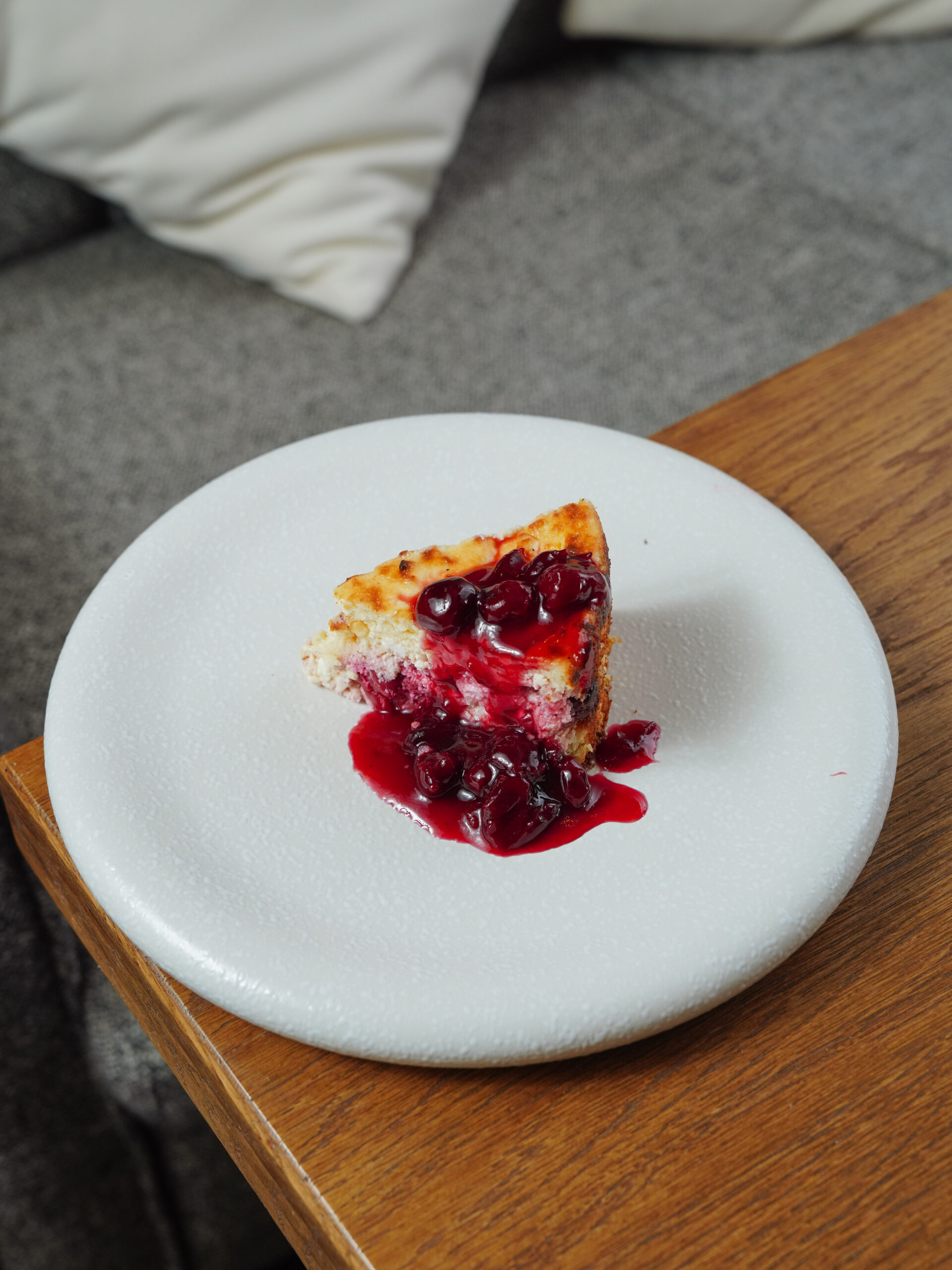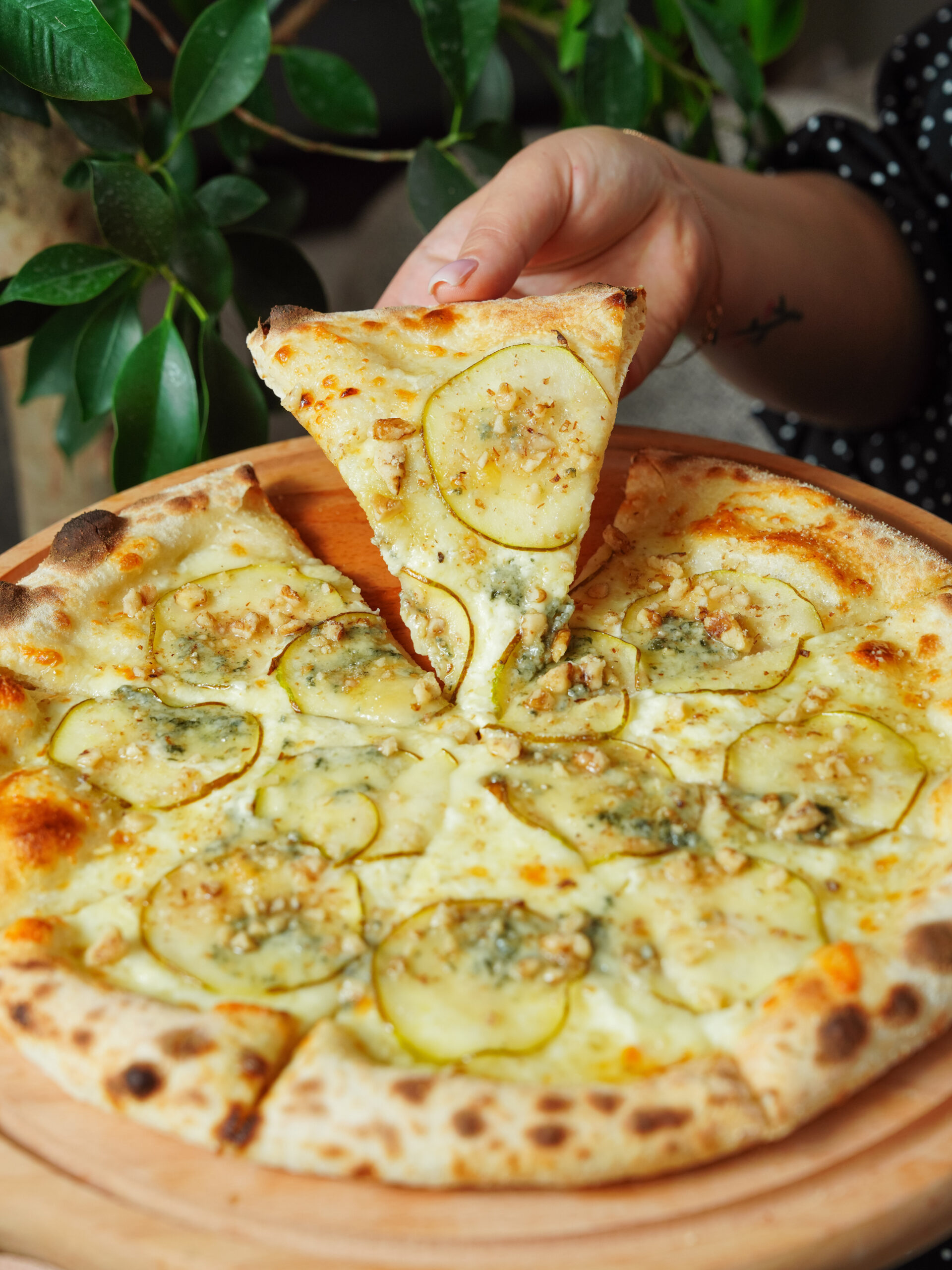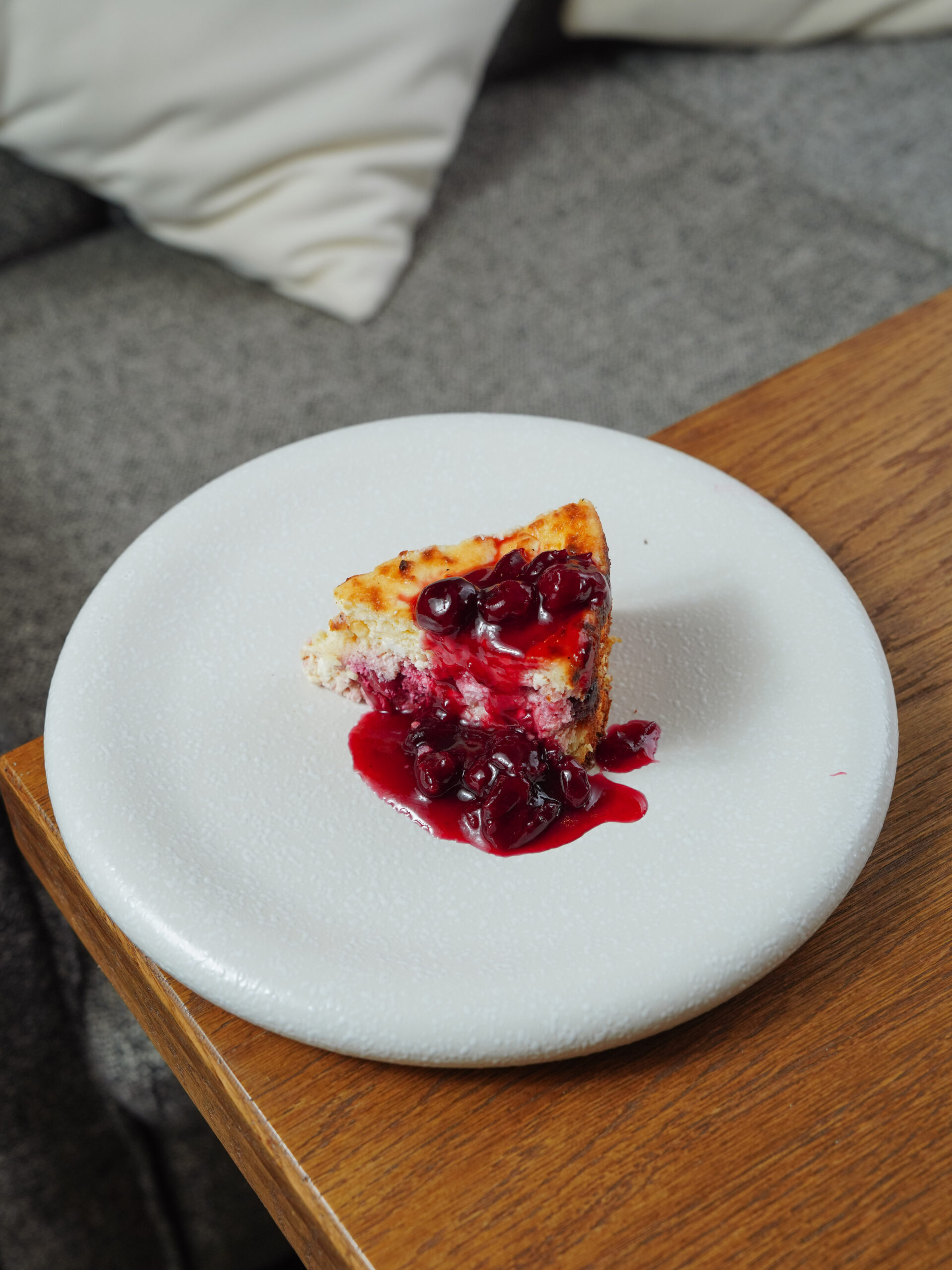Embark on a mouthwatering journey through the vibrant and enticing flavors of Greece – from hearty Moussaka to delicate Baklava. At Tastepan.com, we invite you to explore the culinary wonders of this fascinating country, delving into its rich food culture and traditions. Discover the stories behind each dish, the culinary histories woven into every bite, and the regional cuisines that make Greece a true gastronomic paradise. Indulge in the diverse and delectable offerings that showcase the nation’s heritage, and let your taste buds experience the captivating tapestry of flavors that Greece has to offer. Get ready for a truly unforgettable culinary adventure.

Greek Cuisine
Welcome to the vibrant world of Greek cuisine! Bursting with bold flavors, fresh ingredients, and a rich culinary heritage, Greek cuisine is sure to delight your taste buds. Influenced by the Mediterranean region, Greek cuisine is known for its use of olive oil, cheeses, herbs, and spices. In this article, we will explore the Mediterranean influence on Greek cuisine, highlight some signature ingredients, and dive into traditional Greek dishes that have captured the hearts of food lovers around the world.
Mediterranean Influence
The Mediterranean region has had a significant impact on Greek cuisine, shaping its flavors and culinary traditions. As Greece is surrounded by the beautiful Mediterranean Sea, it is only natural that its cuisine is heavily influenced by the bountiful offerings of this region. Greek cuisine embraces the Mediterranean diet, which emphasizes fresh fruits, vegetables, whole grains, legumes, and lean proteins. This diet has been associated with numerous health benefits, and Greek cuisine showcases how indulging in delicious food can also be good for your well-being.

Health Benefits
Greek cuisine, with its Mediterranean influence, offers numerous health benefits. The emphasis on fresh and seasonal produce ensures that meals are packed with essential vitamins and minerals. Olive oil, a staple ingredient in Greek cooking, is known for its heart-healthy monounsaturated fats. Coupled with the abundance of vegetables and lean proteins, Greek cuisine can help promote a balanced diet and overall well-being.
Signature Ingredients
Greek cuisine is characterized by a variety of signature ingredients that contribute to its unique flavors. Let’s take a closer look at some of these essential ingredients:
Olive Oil
Olive oil is the heart and soul of Greek cuisine. It is used generously in cooking, dressings, and marinades, adding a distinct richness to dishes. Known for its health benefits and fruity flavor, Greek olive oil is revered worldwide for its high quality.
Cheeses
Cheese holds a special place in Greek cuisine, with feta being the most famous of them all. This creamy and tangy cheese is an integral part of Greek salads, pastries, and traditional dishes. Other notable Greek cheeses include halloumi, kefalotyri, and mizithra, each adding its own unique flavor and texture to dishes.
Herbs and Spices
Greek cuisine celebrates the use of herbs and spices to elevate flavors. Commonly used herbs include oregano, thyme, rosemary, and dill. These aromatic herbs create a symphony of flavors, enhancing the taste and aroma of various dishes. Spices like cinnamon, nutmeg, and cloves add depth and warmth to both savory and sweet recipes.
Honey and Nuts
Honey and nuts are cherished ingredients in Greek cuisine, often used in desserts and pastries. Greek honey is renowned for its distinct floral notes and is deliciously drizzled over Greek yogurt or used as a sweetener in various recipes. Nuts, particularly walnuts and almonds, are frequently incorporated into desserts like baklava, adding a delightful crunch and nutty flavor.

Traditional Dishes
Greek cuisine boasts an array of traditional dishes that have stood the test of time. Let’s explore a few of these iconic culinary creations:
Moussaka
Moussaka is a legendary dish that combines layers of eggplant, ground meat (usually lamb), and creamy béchamel sauce. This oven-baked casserole is a true crowd-pleaser with its rich flavors and comforting textures. Each region of Greece has its own twist on moussaka, incorporating local ingredients and culinary traditions.
Souvlaki
Souvlaki, a beloved Greek street food, features skewered and grilled pieces of meat, typically pork or chicken. These succulent meat skewers are marinated in a blend of olive oil, lemon juice, and herbs, creating a tantalizing flavor profile. Souvlaki is often served wrapped in warm pita bread, accompanied by fresh vegetables and a dollop of tzatziki sauce.
Dolmades
Dolmades, also known as stuffed grape leaves, are a delightful appetizer or side dish in Greek cuisine. Tender grape leaves are filled with a mixture of rice, herbs, and sometimes minced meat. These little parcels are then gently simmered in a flavorful broth until tender. Dolmades are often enjoyed cold or at room temperature, making them a perfect addition to a meze platter.
Tzatziki
Tzatziki is a cool and refreshing dip made with Greek yogurt, cucumber, garlic, and herbs. This creamy sauce is a staple in Greek cuisine, often served alongside grilled meats or as a dip for pita bread and vegetables. Tzatziki’s tangy and garlicky flavors add a delicious contrast to savory dishes, making it a must-try condiment.
Baklava
No exploration of Greek cuisine would be complete without mentioning baklava. Baklava is a sweet and decadent pastry made with layers of buttery phyllo dough, ground nuts, and a sweet syrup. This indulgent treat is enjoyed throughout Greece and beyond, with each region showcasing its own variations and flavors.
Layers of Sweetness
What sets baklava apart is its delicate layers of crisp phyllo dough, generously brushed with butter and layered with a sweet and nutty filling. The combination of textures and flavors creates a delightful symphony in every bite.
Making Baklava
Making baklava is a labor of love, as it involves assembling layer upon layer of phyllo dough and nut mixture. Once baked to golden perfection, the pastry is drizzled with a fragrant honey syrup, infusing the dessert with a delightful sweetness.
Varieties
While the classic baklava recipe is made with walnuts, variations abound. Some recipes incorporate pistachios, almonds, or a combination of different nuts. Different regions in Greece also have their own unique styles, using local ingredients and spices to create baklava with distinct flavors and presentations.
Making Baklava
Are you ready to embark on a sweet adventure and make your own baklava? Follow this step-by-step process to create a delectable dessert that will impress your family and friends:
Step-by-step Process
-
Start by preparing the nut mixture. Finely chop your chosen nuts and mix them with sugar, cinnamon, and a touch of cloves if desired. This aromatic blend will be the filling for your baklava.
-
Thaw the phyllo dough according to the package instructions. Be sure to keep the dough covered with a damp cloth to prevent it from drying out.
-
Melt butter and have a pastry brush at the ready. Brush a baking dish with melted butter to prevent the baklava from sticking.
-
Layer the phyllo dough, brushing each sheet with melted butter as you go. Aim for around 10 sheets per layer, generously buttering each one.
-
Spread a generous amount of the nut mixture evenly over the buttered phyllo dough.
-
Repeat the process of layering buttered phyllo dough and the nut mixture until all the ingredients are used, ending with a final layer of phyllo dough.
-
Using a sharp knife, carefully score the top layer of phyllo dough into desired shapes, such as diamonds or squares.
-
Bake the baklava in a preheated oven according to the recipe instructions, until golden and crisp.
-
While the baklava is baking, prepare the sweet syrup by combining honey, sugar, water, lemon juice, and aromatic spices in a saucepan. Simmer until the mixture thickens slightly and becomes syrupy.
-
Once the baklava is out of the oven, pour the warm syrup over the pastry, ensuring it seeps into all the nooks and crannies.
-
Allow the baklava to cool completely before serving. The flavors will meld together, and the pastry will become even more irresistibly delicious.
Tips and Tricks
-
Handle the phyllo dough with care, as it can tear easily. Thaw it slowly in the refrigerator and keep it covered while working to prevent drying out.
-
Make sure to generously butter each sheet of phyllo dough to achieve a golden, flaky result.
-
Don’t rush the cooling process. Allowing the baklava to sit and absorb the syrup will result in a more moist and flavorful pastry.
-
Experiment with different types of nuts or even add a sprinkle of ground spices like nutmeg or cardamom for a unique twist on the classic recipe.
Now that you have the knowledge and inspiration, it’s time to immerse yourself in the captivating world of Greek cuisine. From moussaka to baklava, Greek dishes are sure to transport your taste buds to the sunny shores of Greece. So grab your apron, gather the finest ingredients, and embark on a culinary journey filled with flavors that will leave you craving more. Opa!

